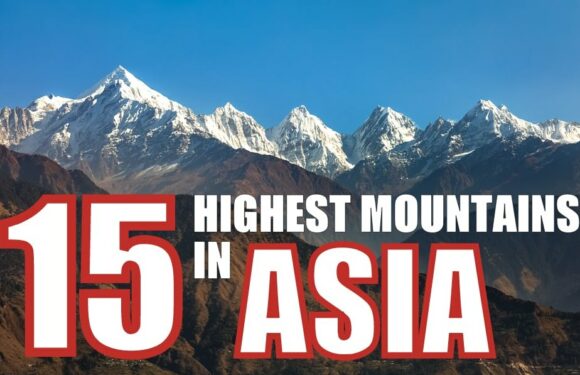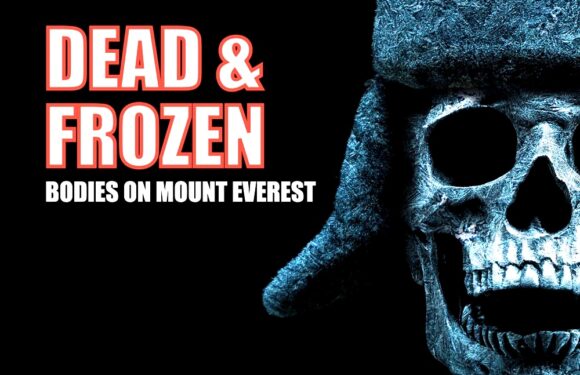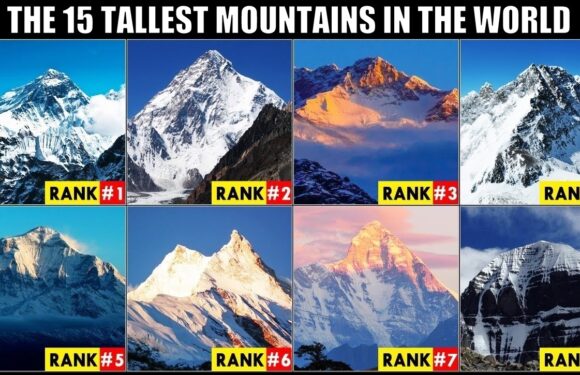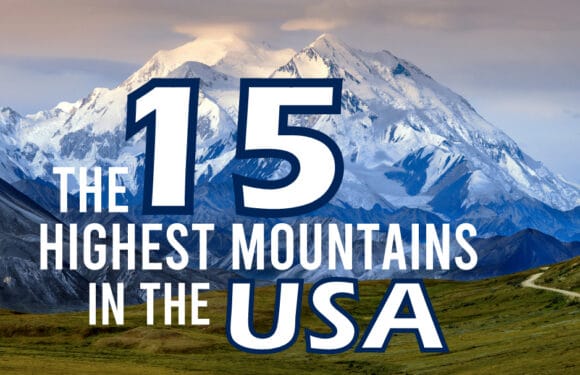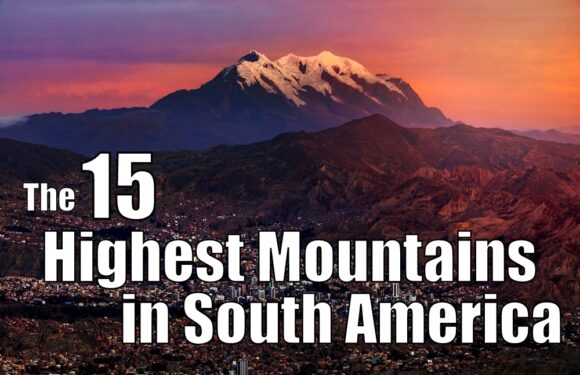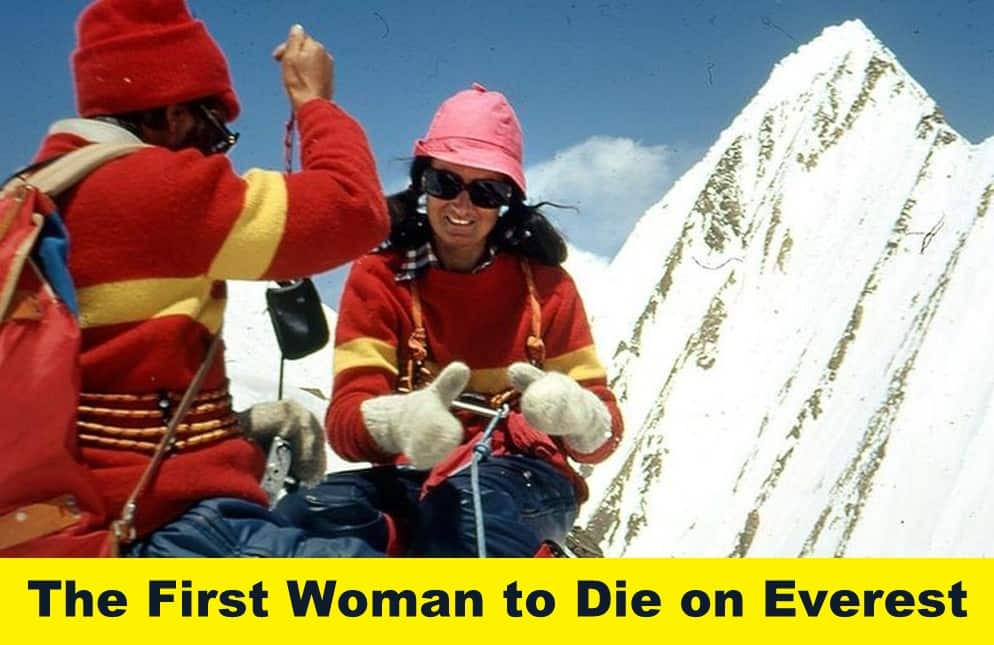
The account of Hannelore Schmatz, a German mountaineer, is among the most heart-wrenching tragedies of Mount Everest. Schmatz was the fourth woman to summit Mount Everest. But in the process, she paid the ultimate price for her ambition, as the first woman to die on Everest and also the first German citizen to die on Everest.
This is her story.
Warning: This article contains graphic images. Reader discretion is advised.
Passion for Mountaineering
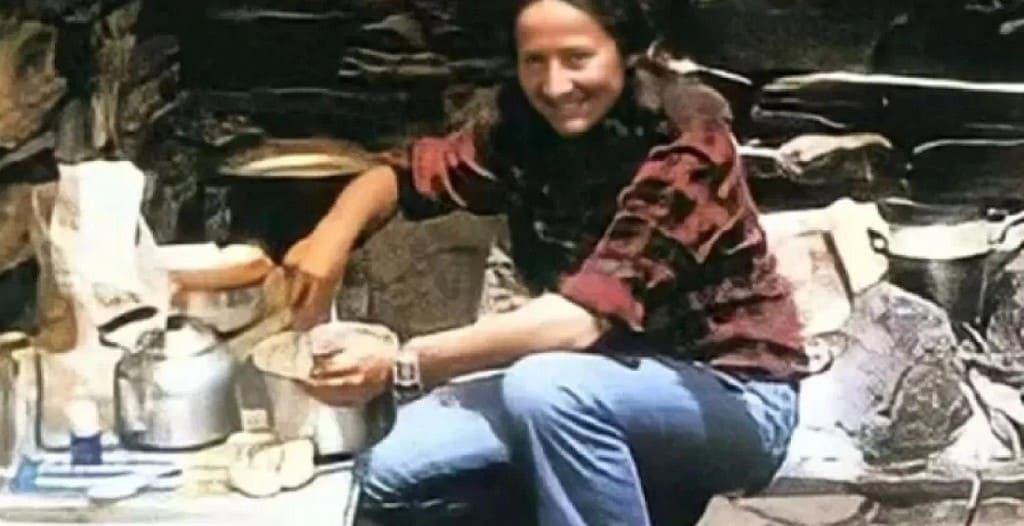
Born in Germany in 1940, Hannelore Schmatz grew up with an adventurous spirit that eventually led her to mountaineering.
Schmatz was driven by a connection to the mountains, a passion that she shared with her husband, Gerhard Schmatz, also an avid mountaineer. Together, they went on numerous climbing expeditions across the globe, conquering peaks such as Manaslu and Lhotse. Her climbing resume also included ascents in the Alps and the Andes. Yet, Everest represented the pinnacle of her mountaineering dreams.
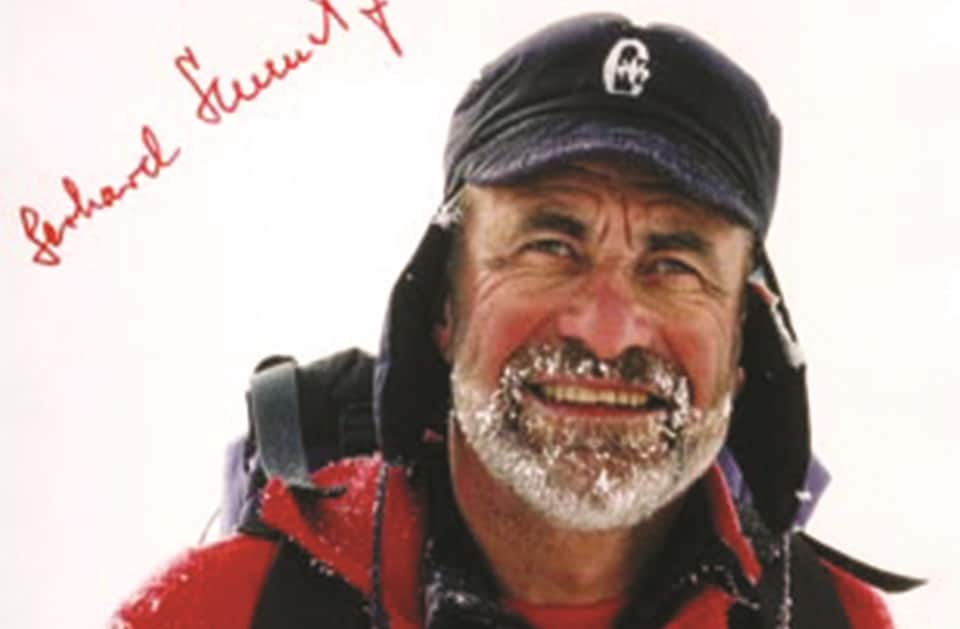
Everest: The Ultimate Challenge
Mount Everest, the highest peak on Earth, is a common goal for serious mountaineers worldwide. With a death rate of approximately 6.5%, the mountain demands respect.
Climbing Everest involves navigating the “Death Zone,” an area above 26,000 feet (8,000 meters) where oxygen levels are a third of those at sea level. The human body is pushed to its limits here, with a heightened risk of acute mountain sickness (AMS), cerebral edema and pulmonary edema, all of which can be fatal.
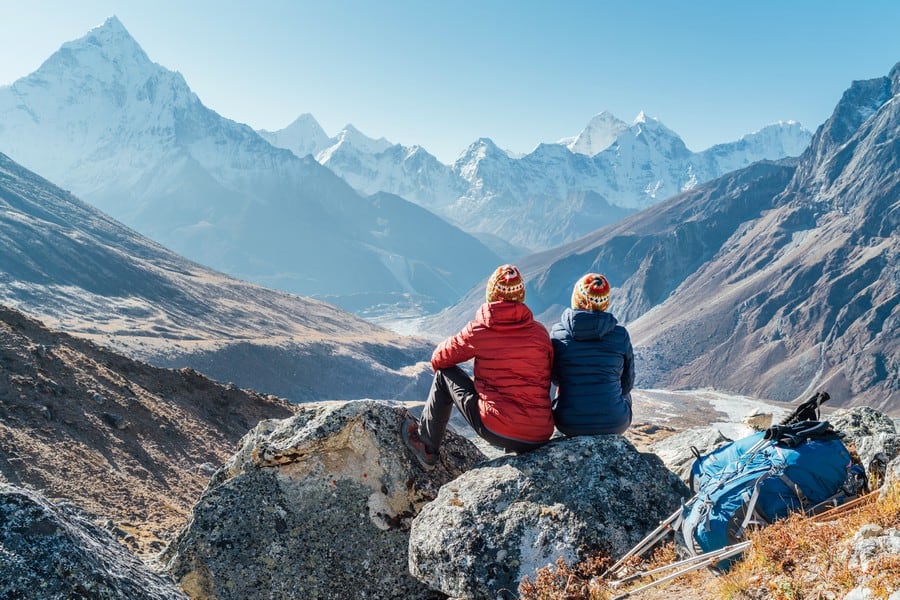
The 1979 Expedition
In the fall of 1979, Hannelore and Gerhard began their Everest expedition. Their 13 person team was comprised of 8 climbers, supported by 5 Sherpa. The climbers included: Swiss-American Ray Genet, New Zealander Nick Banks, Swiss Hans von Känel, and Germans Tilman Fischbach, Günter Fights and Hermann Warth.
The expedition team encountered a multi-day blizzard, but were undeterred and pressed on. At Camp III, they split into two groups. The first team, led by Gerhard, began their summit bid from South Col on October 1st in cloudy but calm weather. They reached the summit, making Gerhard the oldest person to reach the summit at the age of 50. The team descended back to South Col and further down to Camp II the following day.
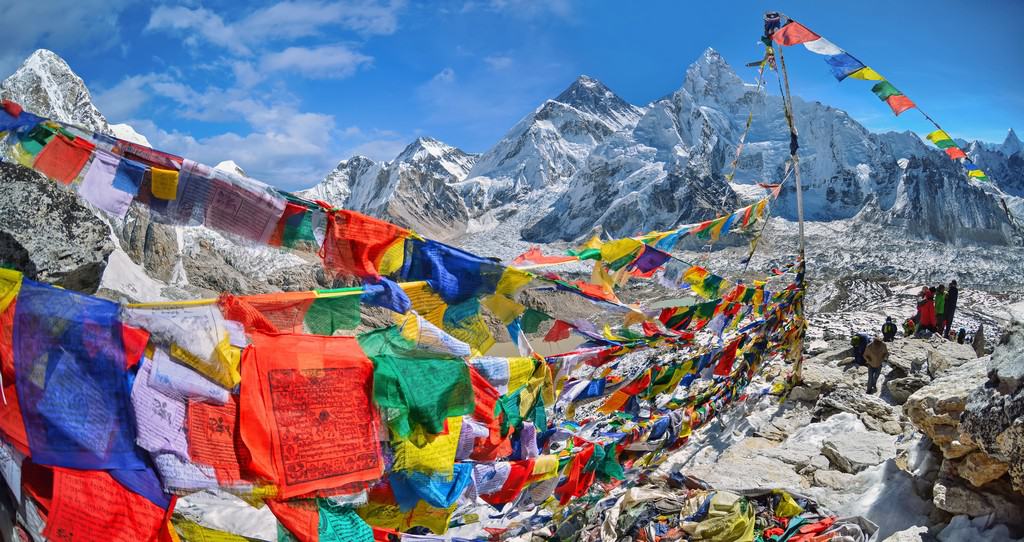
The second team, which included Hannelore, set off for the summit at 5AM on October 2nd under good conditions. However, Gerhard warned Hannelore via walkie talkie that the weather was deteriorating and suggested it might be better to call off the summit attempt. Hannelore and the second team decided to go for it anyways. Under heavy snow and wind, they successfully reached the summit between 1:00PM and 1:30PM.
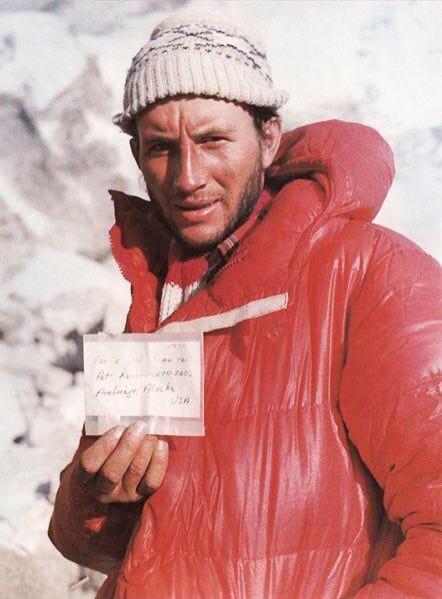
However, the descent proved disastrous. Hannelore, exhausted and battling the severe conditions, became too weak to continue. Genet ran out of oxygen. The two opted to bivouac at an altitude of 28,000 feet (8,500 meters) as dusk fell, despite warnings from their Sherpa guides to keep descending. Sungdare Sherpa, one of the guides, stayed with them. The decision proved fatal.
They spent the night, enduring high winds and extreme cold in the death zone. By morning Genet succumbed to hypothermia. Sundare and Hannelore began the descent. But on the way down, Hannelore, overcome by the situation, collapsed and died shortly after. She uttered her last words, “water, water,” before succumbing to the elements. She was 39 years old.
Sungdare continued the descent on his own and was met by a rescue party. He was in critical condition, but did survive. He suffered severe frostbite, leading to the loss of most of his fingers and toes.
Is Hannelore Schmatz Still on Everest?
While Genet’s remains were eventually concealed by snowfall, Hannelore’s body was visible for years to climbers ascending Everest via the southern route. She was frozen in a seated posture against her backpack, with her eyes open and hair whipped by the wind. Hannelore lay just 330 feet (100 meters) above Camp IV.
One mountaineer described her corpse as a “sinister guard.”
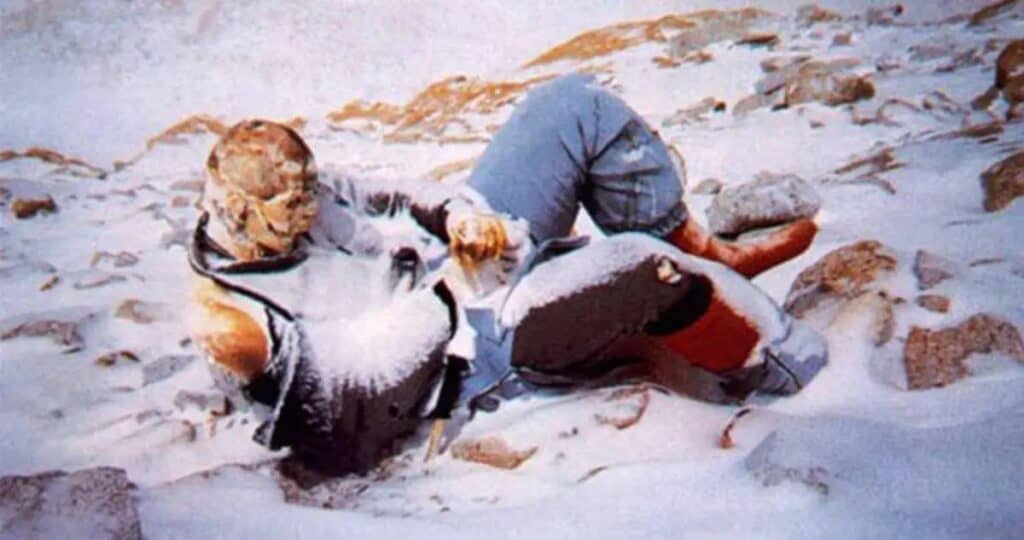
Eventually, in 1984, after sitting for a dozen years, the mountain claimed her entirely. Her body was lost to the winds over the Kangshung Face. She had slid down the mountain’s slope, finally resting out of sight.
Over 200 bodies still remain on Everest.
Gerhard reflected on the event, stating that, “The team came home. But I alone without my beloved Hannelore.”



















































